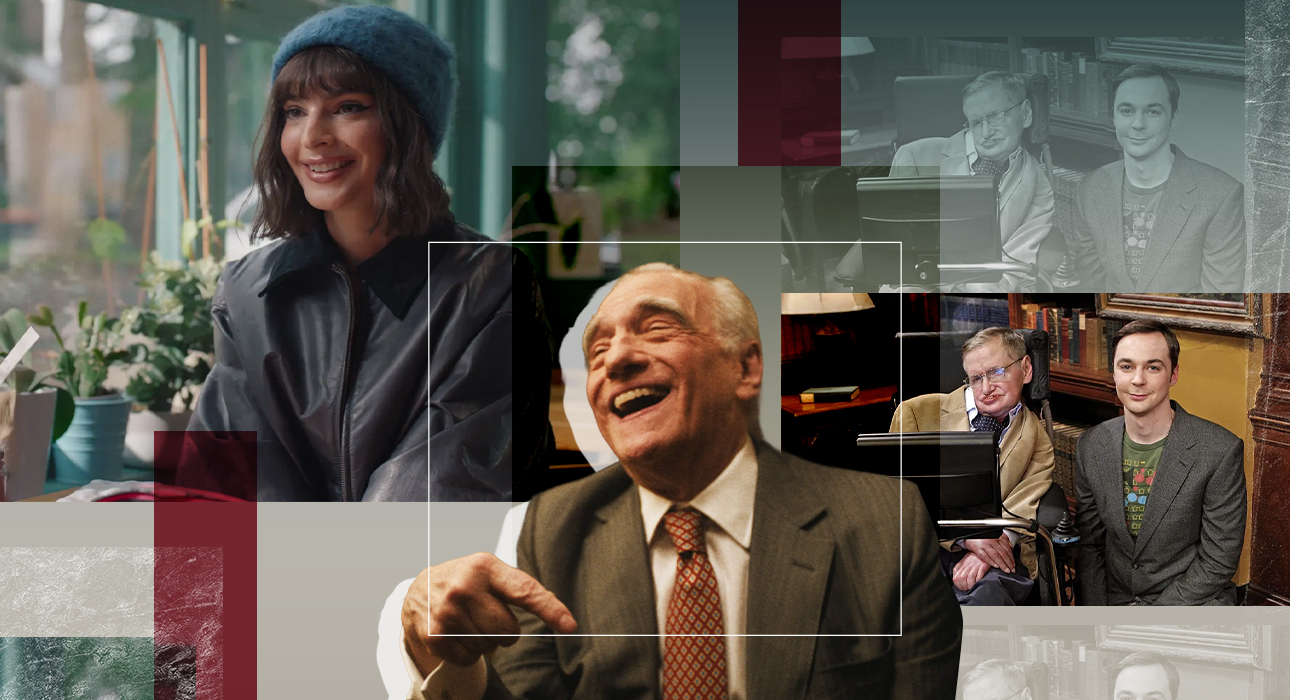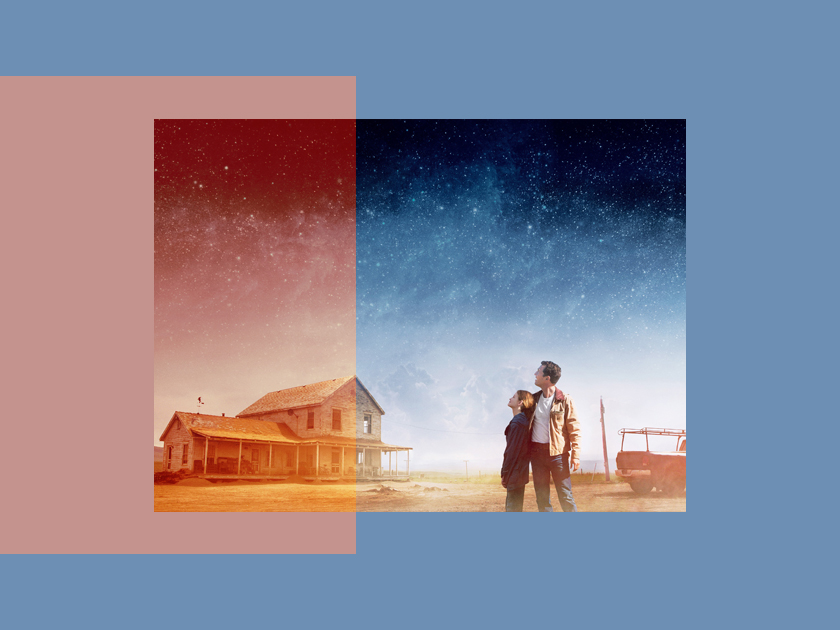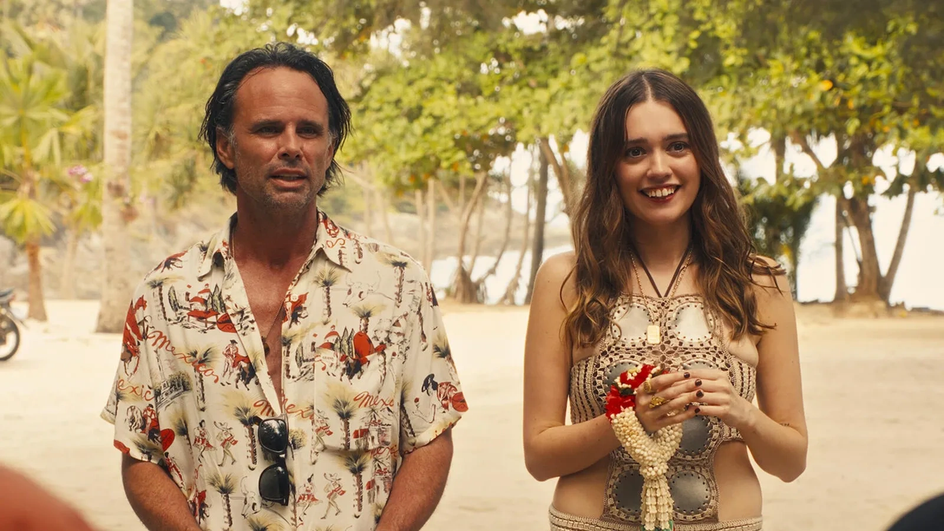To miss. What prompted you to undertake this project?
Sarah Baruk. I was in an abusive relationship for years not realizing it could be dangerous. It got worse when my daughter was born. Until the discussion too much where I was really scared and I realized that I no longer see anything for sure.
I am escaped in the middle of the night with two bottles, my computer and my 16 month old daughter. For a few months I took refuge with my family. I was ashamed and the feeling that I found myself in a situation from which I should have escapedbecause I studied for a long time, I come from a rather well-to-do family with a doctor father and a teacher mother, I am well surrounded, I work…
I have had, surely like many people, some clichés on the representation of women victims of violence who would not necessarily be professionally or socially integrated, or who would be financially dependent.
So I needed to understand Who were the female victims of domestic violence?. During my research, I came across articles of various facts or victim counts, but I found almost no documents that told who these women really were, who died from the violence of their comrades or former comrades. .
I realized that if it ended badly for me, my family would feel a double pain: the one of my disappearance, but that too that I become a number among many feminicides, then chased by the next one. I have no problem with statistics, they are absolutely necessary to show the extent of the violence, but I set myself the goal of humanizing whoever is behind these figures. To embody them. Fromthe number of femicides in France is estimated at 125 per yearI wanted to find 125 families so they could tell me who their daughter, sister, mother really was… and not how they died.
To leave, you must already be extremely strong. Some had decided to resume their studies or undertake a new professional project, others had met a new partner. They were arguing.
Sarah Baruk
What reception have you received from the families?
At first, I’ve had a lot of trouble finding them ever sincethey are invisible like the victims. And then, I was very afraid of not being up to it. Legitimacy came when these families immediately agreed to talk to me and told me my project was what they expected.
Because they are tired of answering questions like… “Are you sure you haven’t seen anything, you haven’t missed anything? ». Many thanked me after the interview for this suspended moment in which they were able to talk about positive things. Life details that make a person unique to those close to him: his favorite dish, his qualities, the songs he loved, the anecdotes of his childhood …
At first you thought you’d write these 125 portraits yourself: why did you change your mind?
In fact, I was planning to do it myself. But I quickly realized that I won’t be able, with my pen alone, to guarantee a uniqueness to every woman. I then contacted personalities, whom I see a bit as ambassadors, for each one to write about a woman thanks to the interviews I had done. Each victim told in the book is so with a particular tone and look.which helps to give it its own identity.
Beyond the emotion they arouse, these portraits highlight a reality that is still too often overlooked: there is no typical profile of the victims of feminicides…
To be honest, I didn’t expect there to be so few. As I said, I had, surely like many people, some clichés about the representation of women victims of violence who would not necessarily be professionally or socially integrated, or even economically dependent.
Gold these profiles are far from being the majority. These are students, soldiers, researchers, arms dealers, equestrian champions… The only point in common between them is perhaps a form of romanticism, as it is described to us in society: to love to lose one’s reason, often in a sacrificial way.
It is also very important to fight against the idea that these women were weak. Why the women are usually killed when they leave and decide that they are no longer the property of those who thought they owned them.
To leave, you must already be extremely strong. Some had decided to resume their studies or undertake a new professional project, others had met a new partner. They were arguing.
Each of us, individually, has a responsibility for the education we give to our daughters and sons. School also has a role to play, then the companies in which we evolve.
Sarah Baruk
Do you also want to change the discourse on another widespread idea: the victims of feminicides would necessarily be abused women…
Among the victims of feminicides, many of them had never experienced physical violence before until the day they die. The only one common point between all of them is emotional abuse who have suffered. Living under threat and control.
Yet society itself continues to portray women as endangered only with bruises or fractures. It is very important to pay attention to the vocabulary and images we use because many women in charge do not recognize themselves in this description of women victims of violence. Even if they are!

In your book we also find interviews with judges, police officers, lawyers or psychologists that you interviewed to try to understand the patterns of influence, but also the role of society in these feminicides: how to put an end to them?
Solutions must come from across society. And there is so much to do… It starts from childhood. Women keep being told that they become so the day they have a child or when they get married. To convey to them a vision of romanticism and love which is more a search for the absolute than for harmony.
Each of us, individually, has a responsibility for the education we give to our daughters and sons. School also has a role to play, then the companies in which we evolve.
As for the justice system, it is obviously woefully under-resourced. For example, even though delivery times have improved to obtain a protection order – we have gone to 6 days –, they stay too long when in mortal danger.
For my part, more than 6 months have passed between the time I filed the complaint and the time I was summoned to the police station… There are also training issues. At the end of the chain there is always a human being and we can come across a brilliant or catastrophic cop. It would therefore be necessary to have specific brigades who would be specifically trained for this.
I also think we should facilitate the work of doctors allowing them to officially receive complaints from confiding women rather than having to ask them to go to the police station. Because if we let them go, 9 times out of 10, they won’t go away.
Finally, we have to take care of violent men too. Some of them don’t know how to get out of it and need support, therapy or care.
All profits from the book will be donated to the National Union of Feminicide Families (UNFF) association. Can you tell us a few words about it?
The association was created in 2019 by families who have all lost a loved one in a feminicide. Their goal is tohelp and support the families of victims in their journeys and procedures.
Having been there before, its members know the complexity and violence of the trials. They know what it is like to welcome the children of victims in extremely difficult conditions. They also know the administrative intricacies and grotesque situations that come with it.
How to do, for example, for childcare reimbursements, if it is the deceased mother who had mutual insurance and the father no longer has any? OR whether the children should go to a psychologist after the murder of their mother, but that their father still has parental authority and that he refuses from prison? All these practical complications are further violence for families. The UNFF accompanies them concretely. It is therefore to this association, not necessarily well known, that I wanted to donate all the benefits of the book.
*125 and thousandscollective work created by Sarah Barukh, Harper Collins, 544 pages, €20.
If you or someone you know is a victim of domestic violence or you just want to find out more:
- 3919 and the government website let’s stop THE violence
- Our practical article My boyfriend hit me: how to react, what to do when you are a victim of violence in your relationship?
- The association All ahead and its help chat available at How do we love each other?
Source: Madmoizelle
Mary Crossley is an author at “The Fashion Vibes”. She is a seasoned journalist who is dedicated to delivering the latest news to her readers. With a keen sense of what’s important, Mary covers a wide range of topics, from politics to lifestyle and everything in between.




